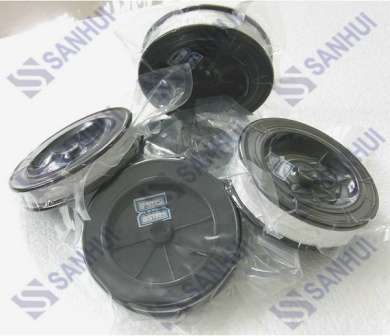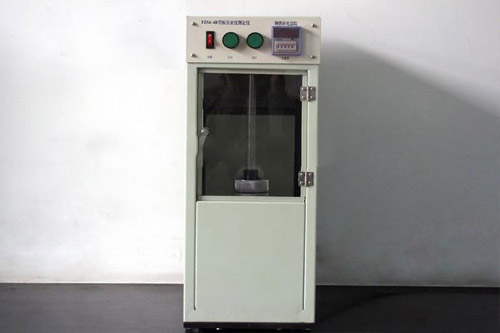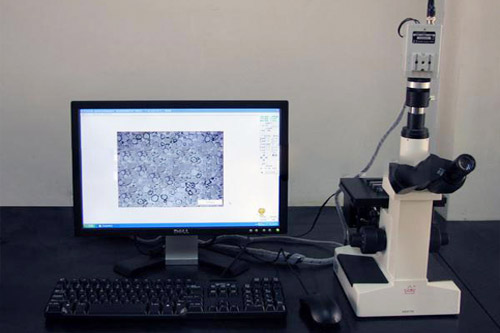Properties and performance of refractory metal in this article include physical properties, chemical properties, mechanical properties and low temperature brittleness.
Physical Properties: refractory metal- tungsten, molybdenum, tantalum and niobium have low vapor pressure. Tungsten, molybdenum, tantalum and niobium have low evaporation rate at high temperature in vacuum.
Chemical properties: dense refractory metal is relatively stable at room temperature, so refractory metal is generally not oxidized in the air. But in the high temperature, refractory metal is easily to be oxidized. Tungsten, molybdenum, rhenium does not react with hydrogen. Oxide of tungsten, molybdenum and rhenium can be reduced metal by hydrogen at a certain temperature. Tantalum, niobium, zirconium, titanium, hafnium can absorb hydrogen and experience embrittlement. Refractory metal has good corrosion resistance, but different metals have their own characteristics.
Mechanical properties: Tungsten, molybdenum, tantalum, niobium, rhenium and their alloys have high temperature strength.
Low temperature brittleness: Tungsten, molybdenum, chromium and other refractory metals appear brittleness in the low temperature and change into plasticity under the high temperature. There is a "ductility-brittleness” transition temperature (DBTT). The "ductility-brittleness” transition temperature of refractory metal is very important to the plastic working and application.
Zhengzhou Sanhui Co., Ltd specializes in the manufacture of refractory metal products. Buyers in US and India have sourced refractory metal products from us for over 10 years.
Send us your requirements. Our engineers can help to offer customized products to you. For more information, contact us today.











